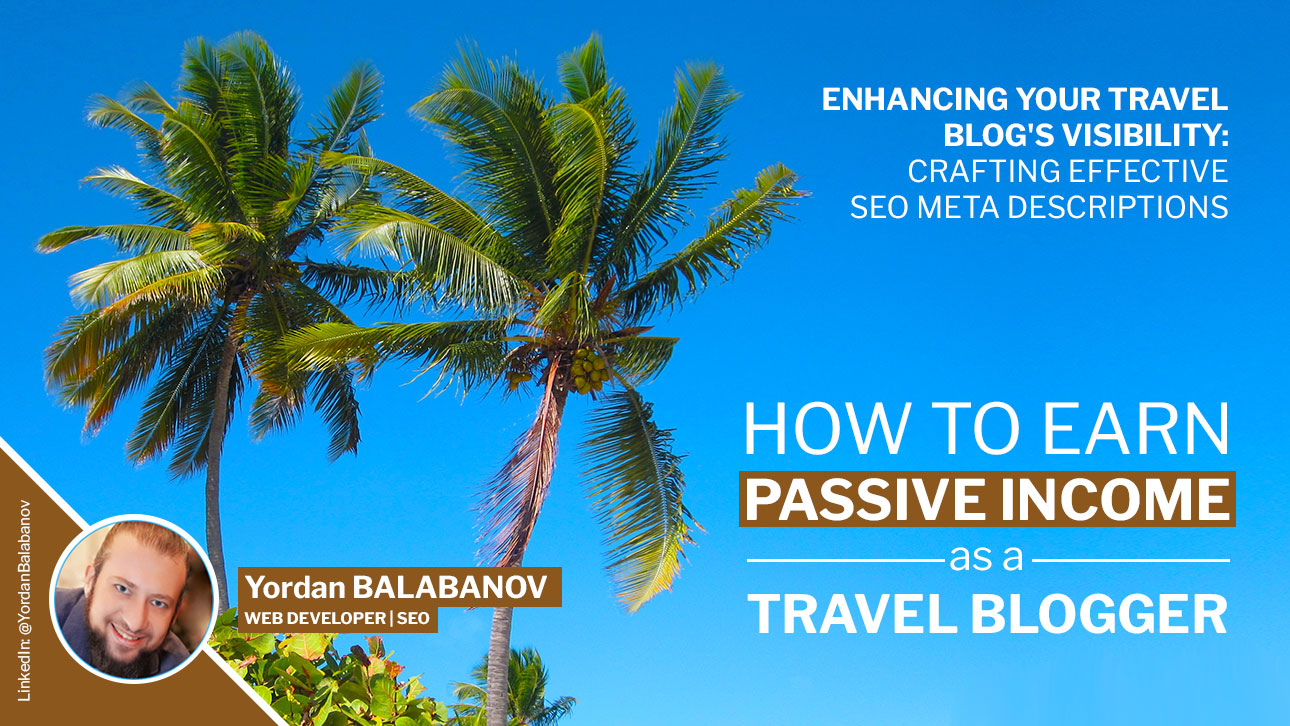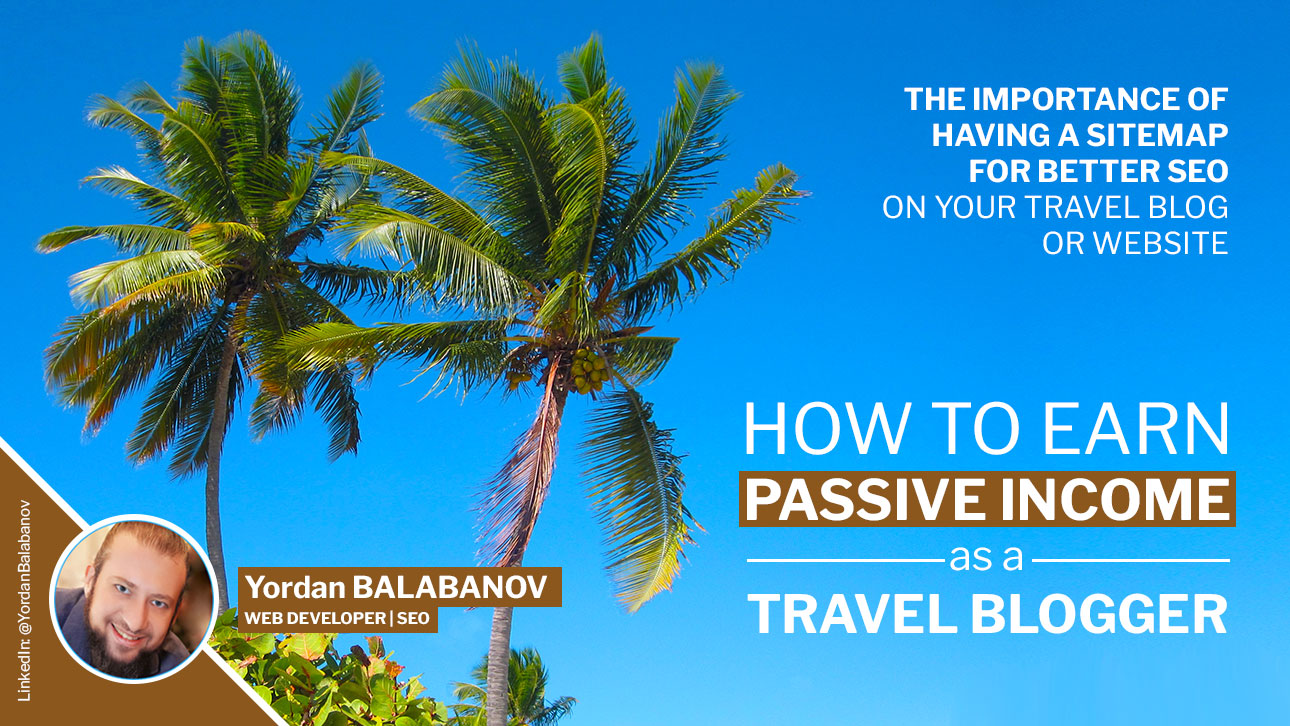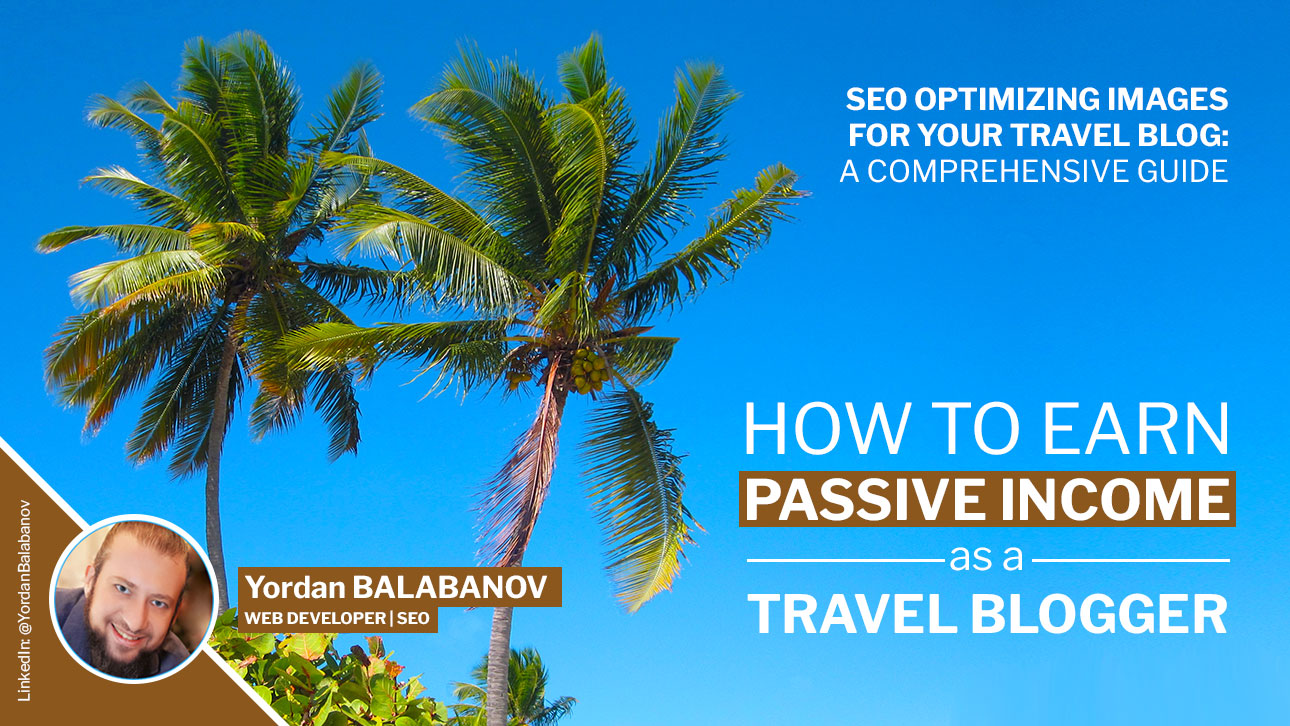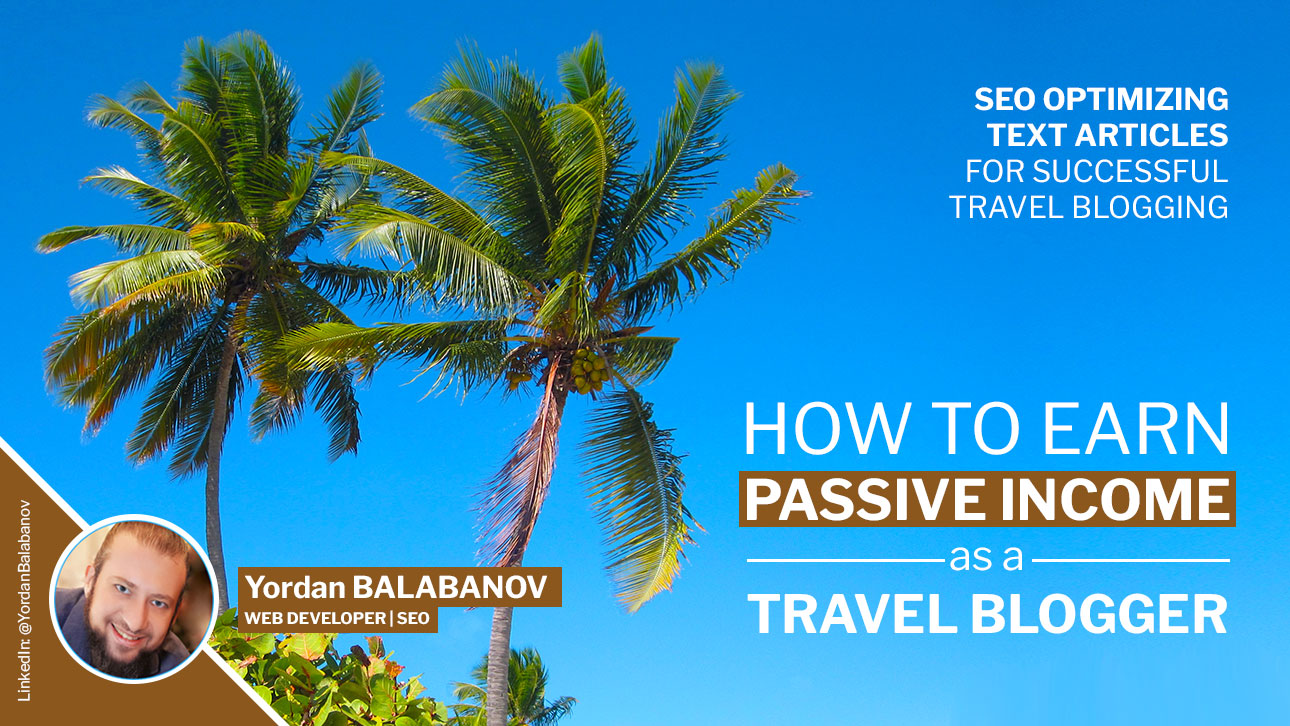In this article, I'll explore the importance of meta descriptions for your travel blog's search engine optimization (SEO) and provide insights into crafting compelling meta descriptions that drive organic traffic to your site
In the vast online landscape of travel blogging, it's crucial to grab the attention of search engine users and entice them to click on your website. One powerful tool in achieving this goal is the SEO meta description.
Understanding SEO Meta Descriptions
Meta descriptions are brief snippets of text that appear below the page title in search engine results. While they don't directly influence search engine rankings, they play a pivotal role in attracting users and encouraging them to click on your website. A well-crafted meta description serves as an opportunity to provide a concise and enticing summary of your content, generating interest and improving click-through rates.Key Elements of an Effective Meta Description
When it comes to choosing between JPEG and PNG formats, it's important to understand their differences. JPEG (Joint Photographic Experts Group) is best suited for photographs and complex images, as it uses lossy compression to reduce file size. On the other hand, PNG (Portable Network Graphics) format is ideal for images with sharp edges, solid colors, or transparency, as it uses lossless compression. Additionally, the emergence of modern image formats, such as WebP and AVIF, offers even better compression and quality, but they may require browser support to be fully effective.1. Conciseness: Keep your meta description within 150-160 characters to ensure it is displayed in full on search engine result pages (SERPs). Use clear and concise language to convey the essence of your content and captivate users' attention.
2. Relevance: Tailor your meta description to the specific content on the page. Focus on the keywords and themes that accurately represent the topic of the blog post, making it easier for search engines and users to understand the content's relevance.
3. Unique Value Proposition: Highlight the unique aspects of your travel blog post to distinguish it from competitors. Consider what sets your content apart, whether it's insider tips, stunning imagery, or personal experiences, and showcase this in your meta description.
4. Call-to-Action (CTA): Encourage users to take action by incorporating a compelling CTA in your meta description. For example, you can prompt users to "Discover breathtaking destinations," "Uncover hidden gems," or "Plan your dream itinerary now." A strong CTA entices users to click through and explore your content further.
Engaging Language: Use descriptive and persuasive language to capture the reader's attention. Appeal to their emotions, evoke curiosity, or convey the benefits they'll gain from reading your blog post. Compelling language can create a sense of urgency and motivate users to click on your link.
5. Accurate Representation: Ensure that your meta description accurately reflects the content of your travel blog post. Misleading or deceptive descriptions may lead to high bounce rates and damage your website's credibility.
6. Keyword Optimization: Incorporate relevant keywords naturally into your meta description. These keywords should align with the search terms your target audience is likely to use when looking for travel-related information. However, avoid keyword stuffing, as search engines may penalize excessive use of keywords.
Conclusion:
Crafting effective SEO meta descriptions is an essential aspect of optimizing your travel blog for search engines and attracting organic traffic. By creating concise, relevant, and engaging meta descriptions that highlight the unique value of your content and include persuasive CTAs, you can entice users to click on your website in search engine results. Remember to maintain accuracy, incorporate keywords naturally, and regularly analyze and refine your meta descriptions to ensure optimal performance and visibility for your travel blog.
![Български [BG] Български [BG]](/media/mod_languages/images/bg_bg.gif)
![English [EN] English [EN]](/media/mod_languages/images/en_gb.gif)




